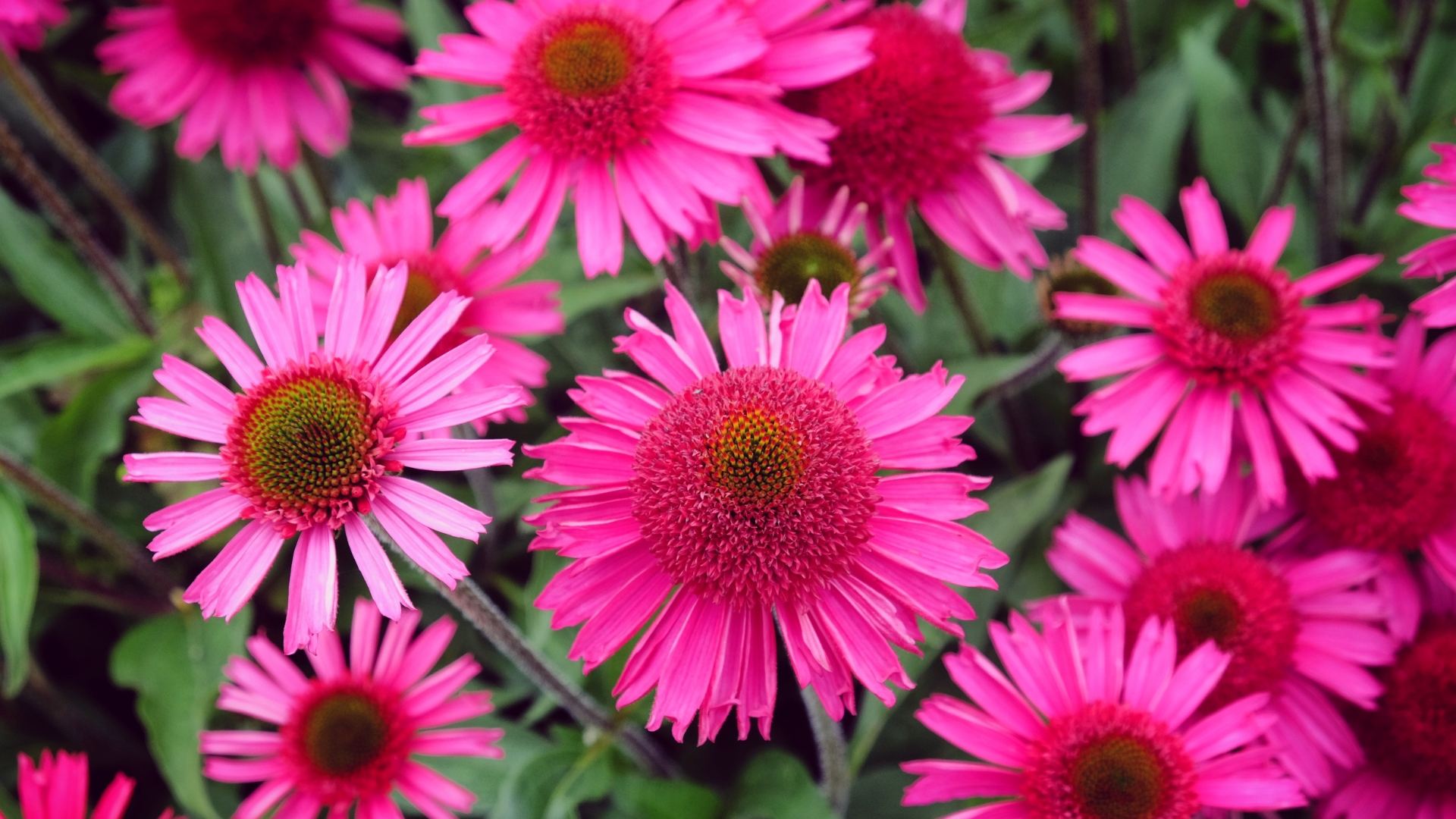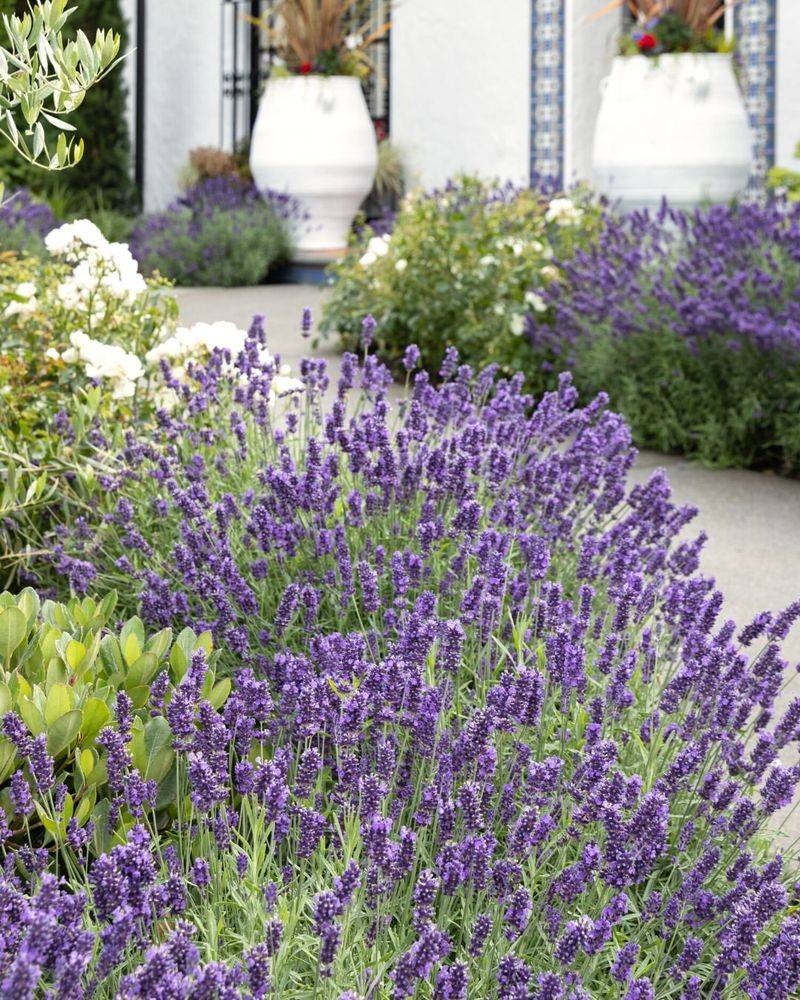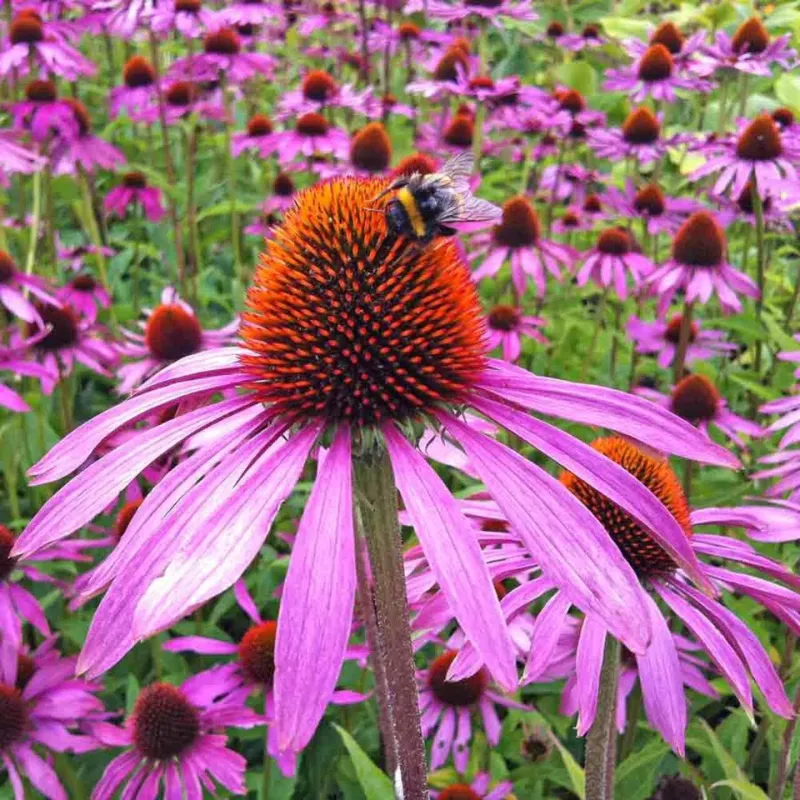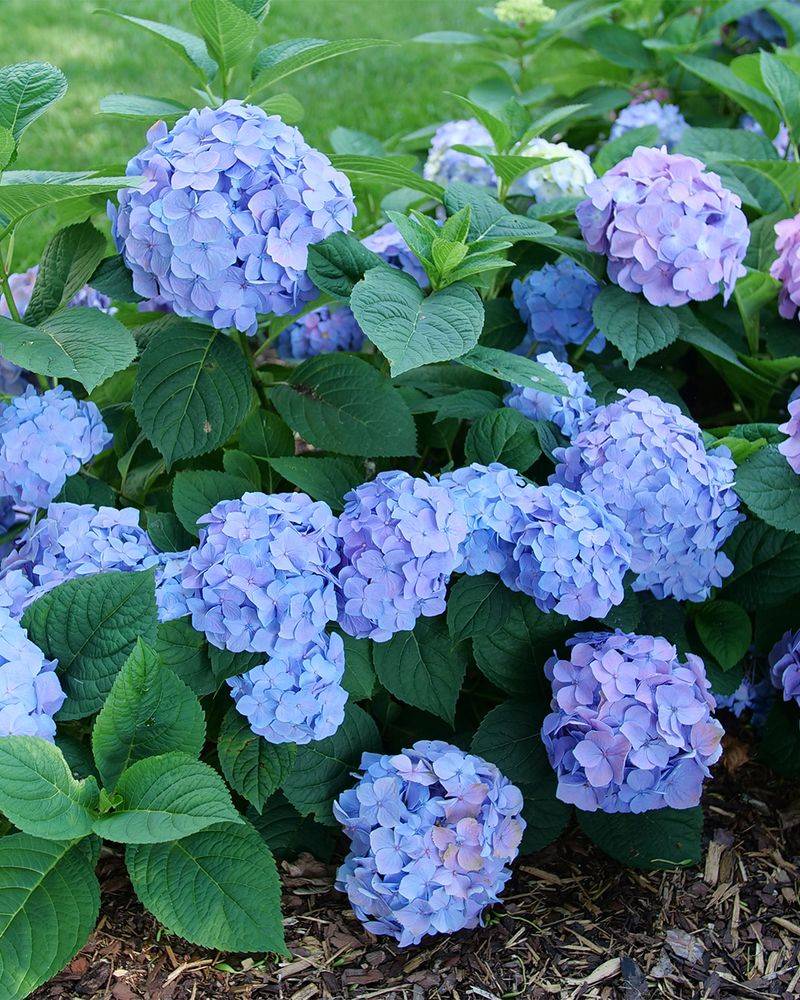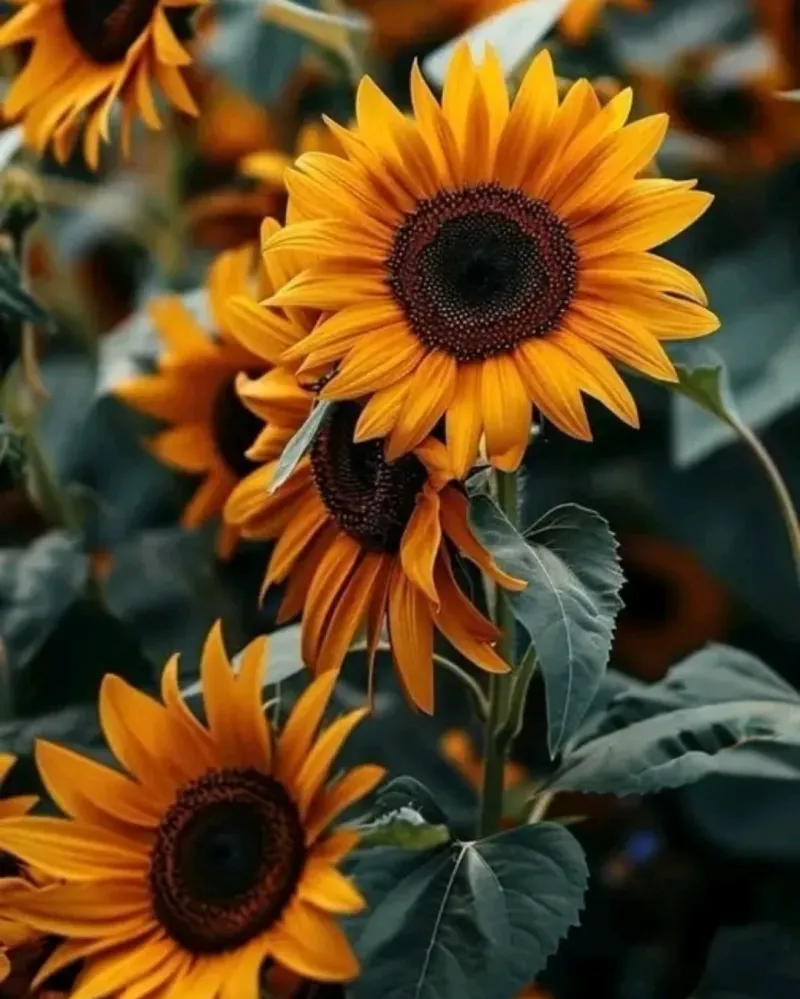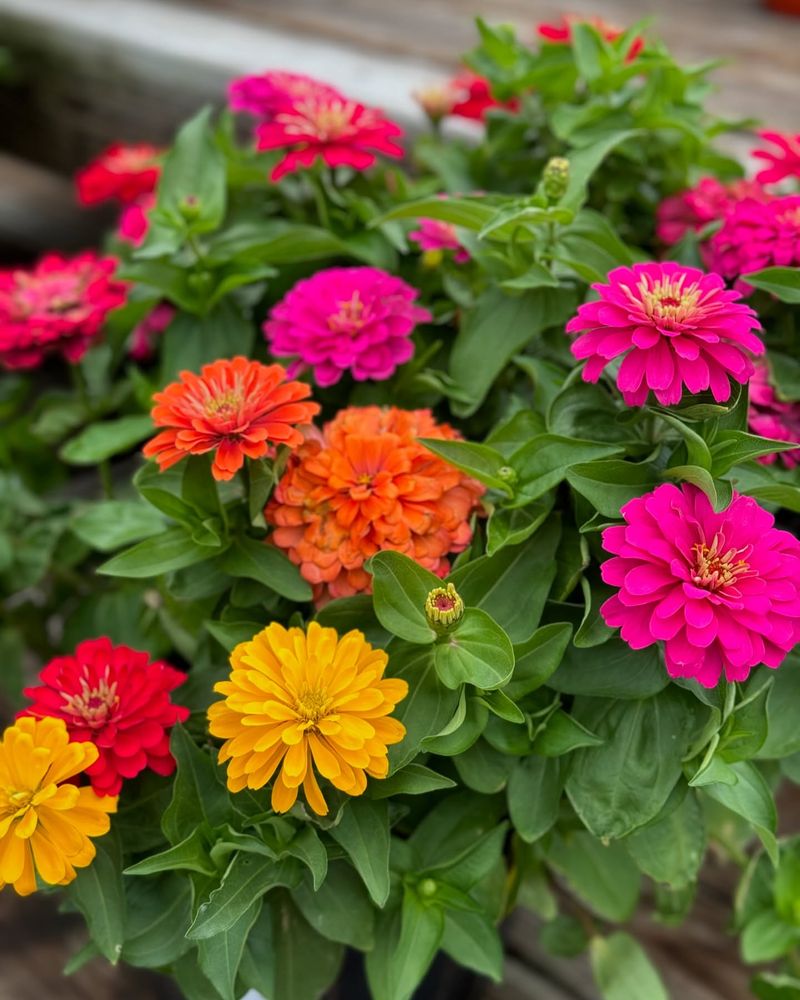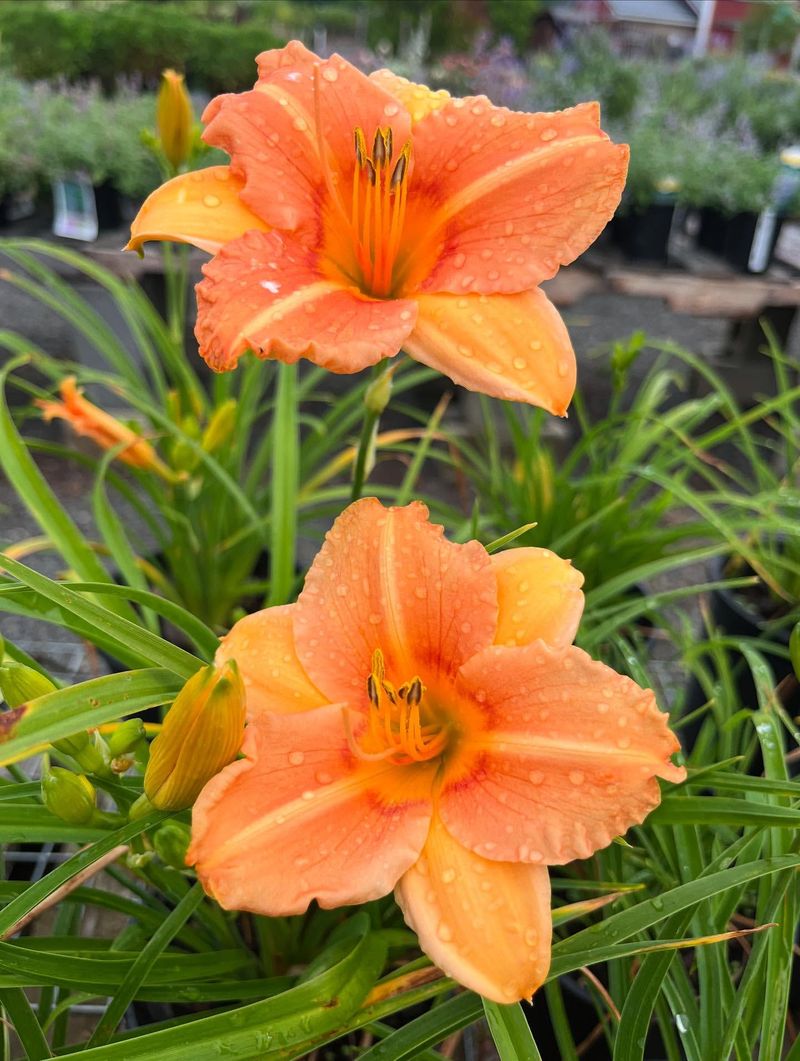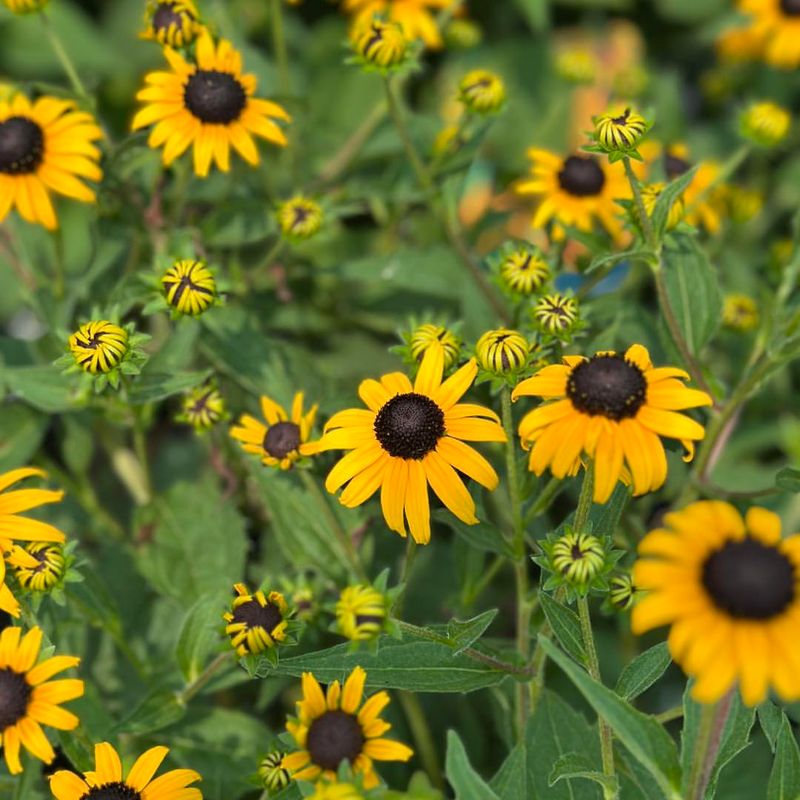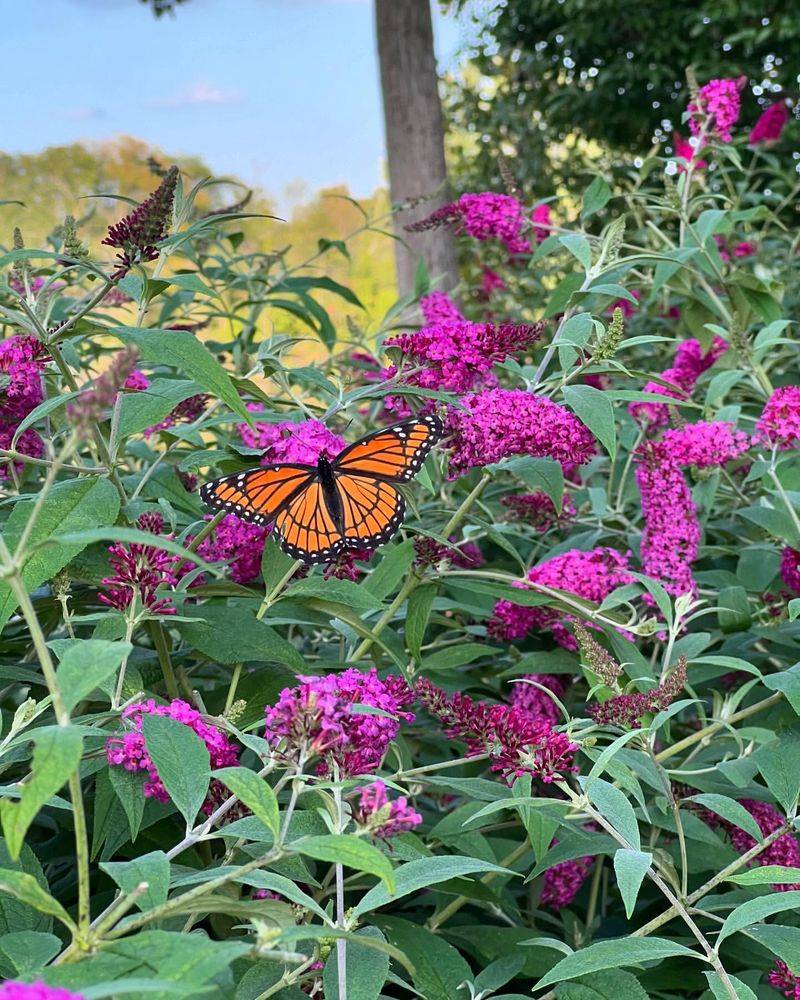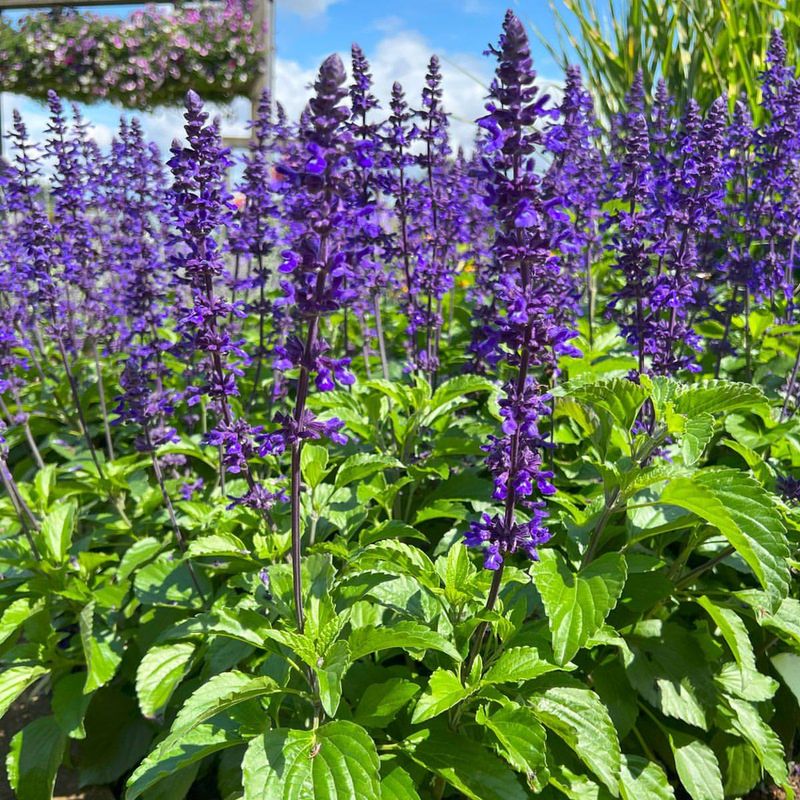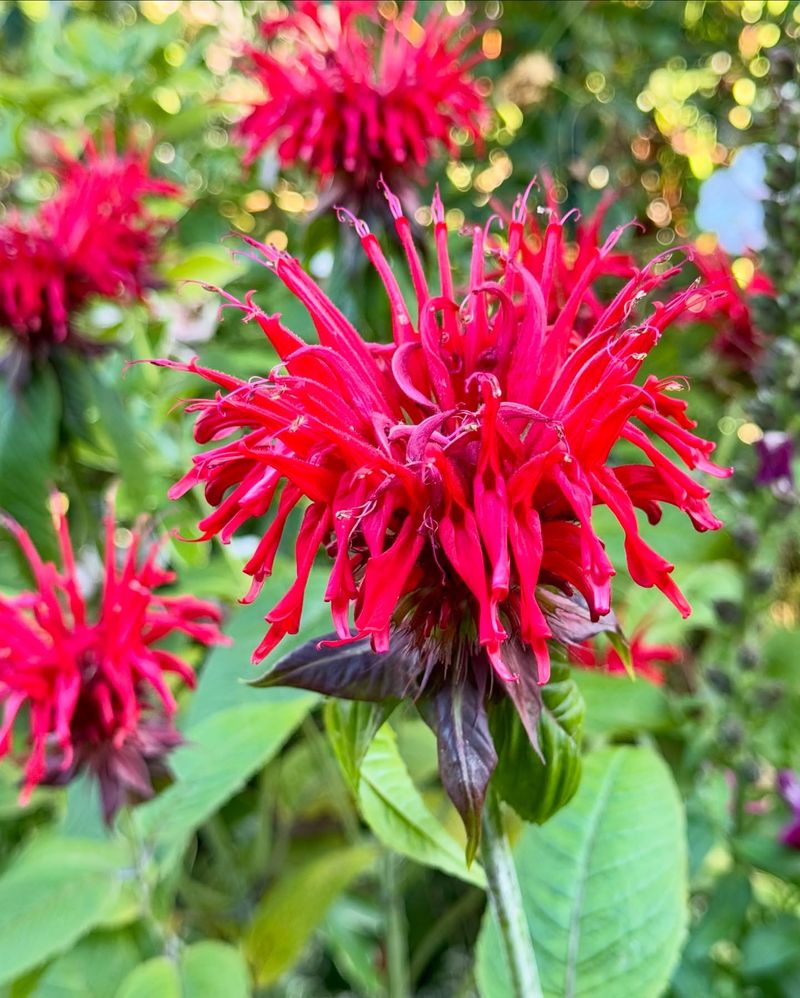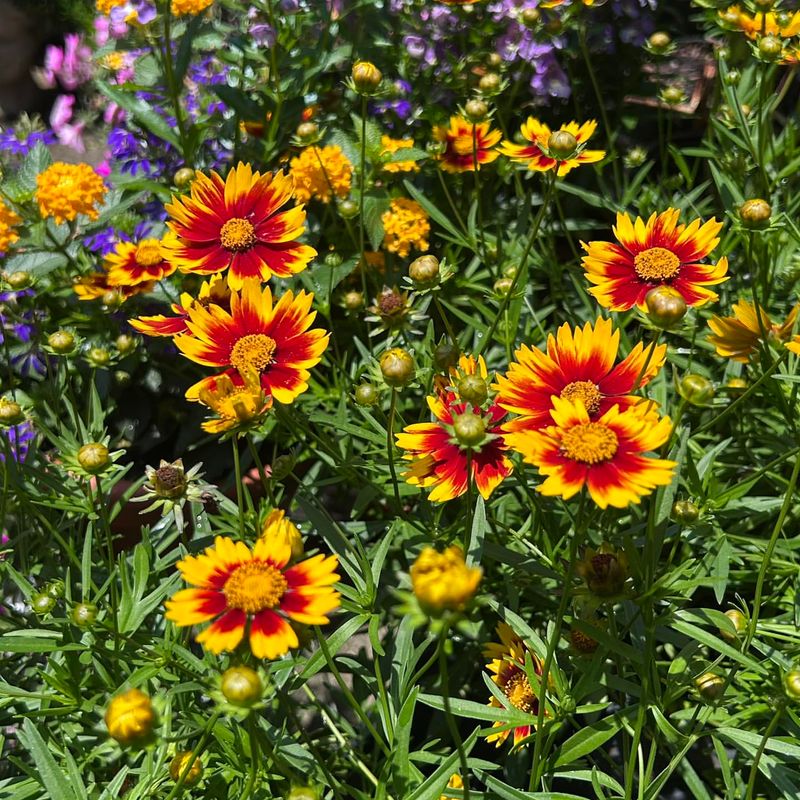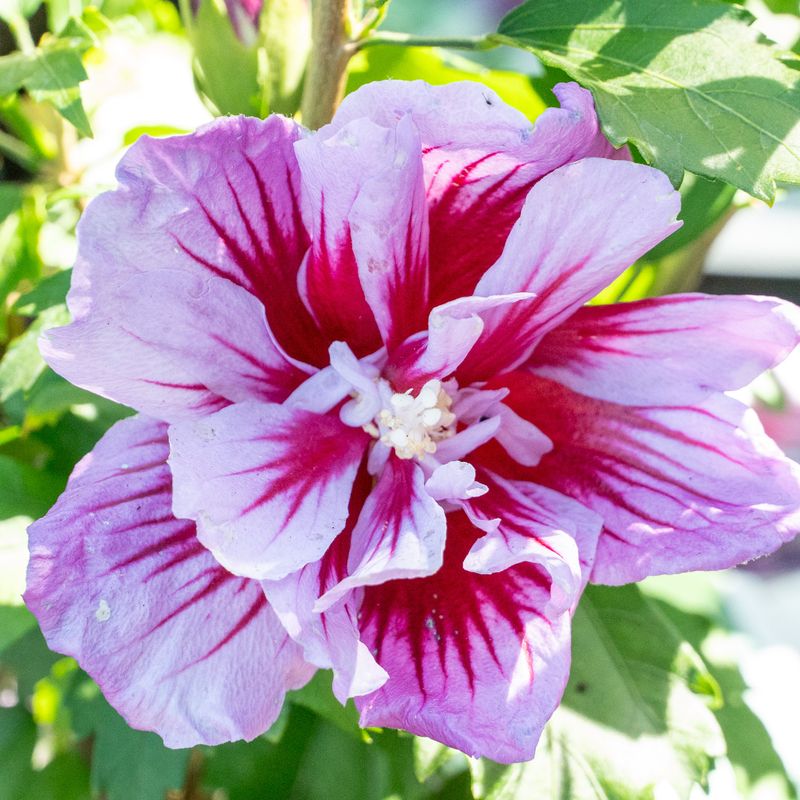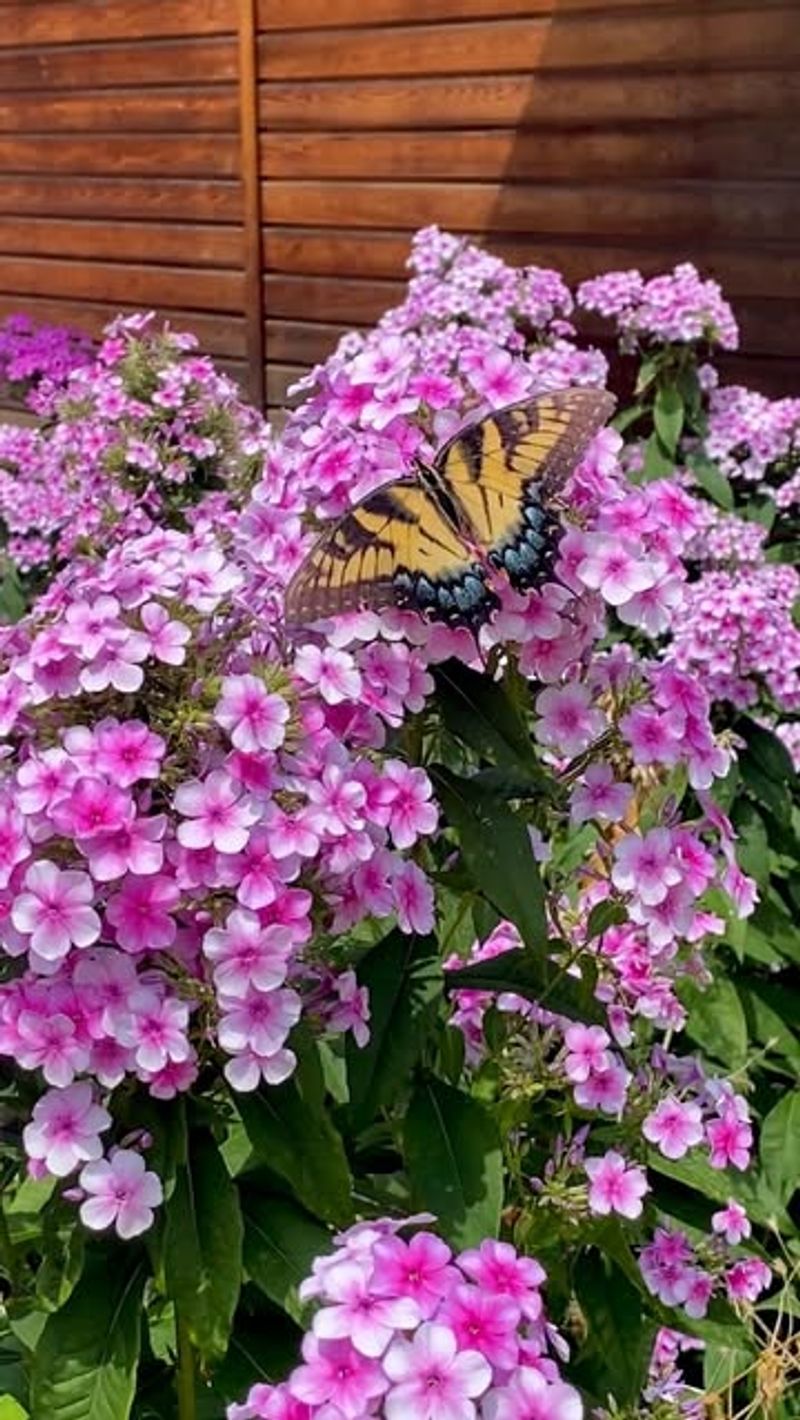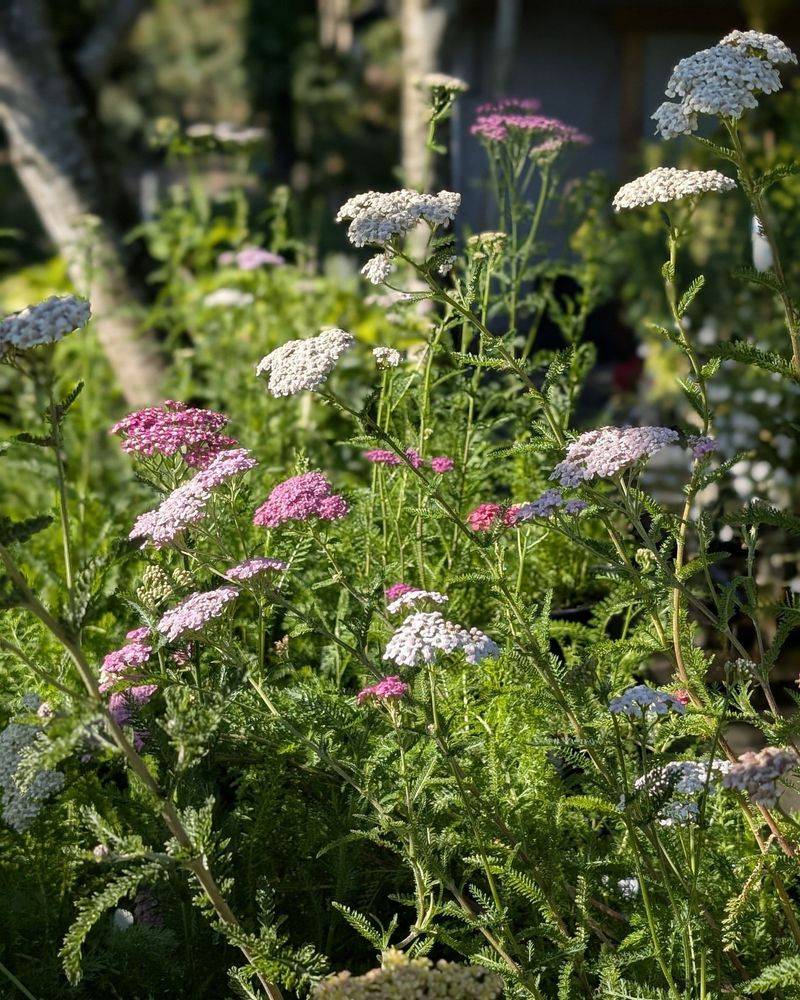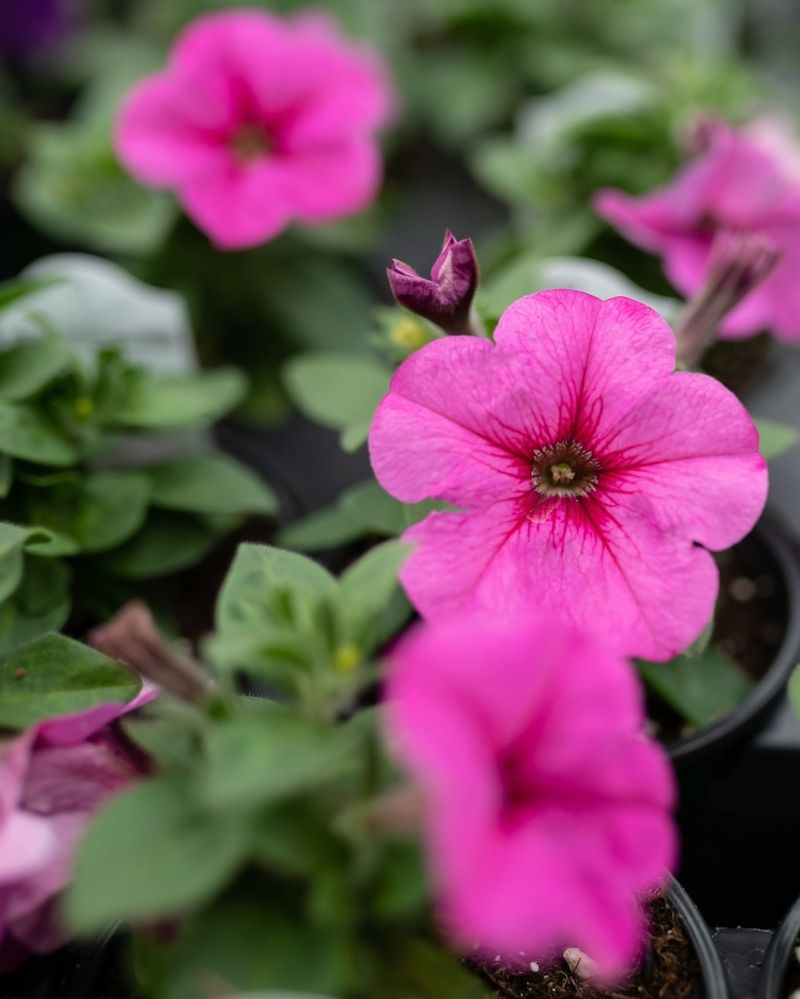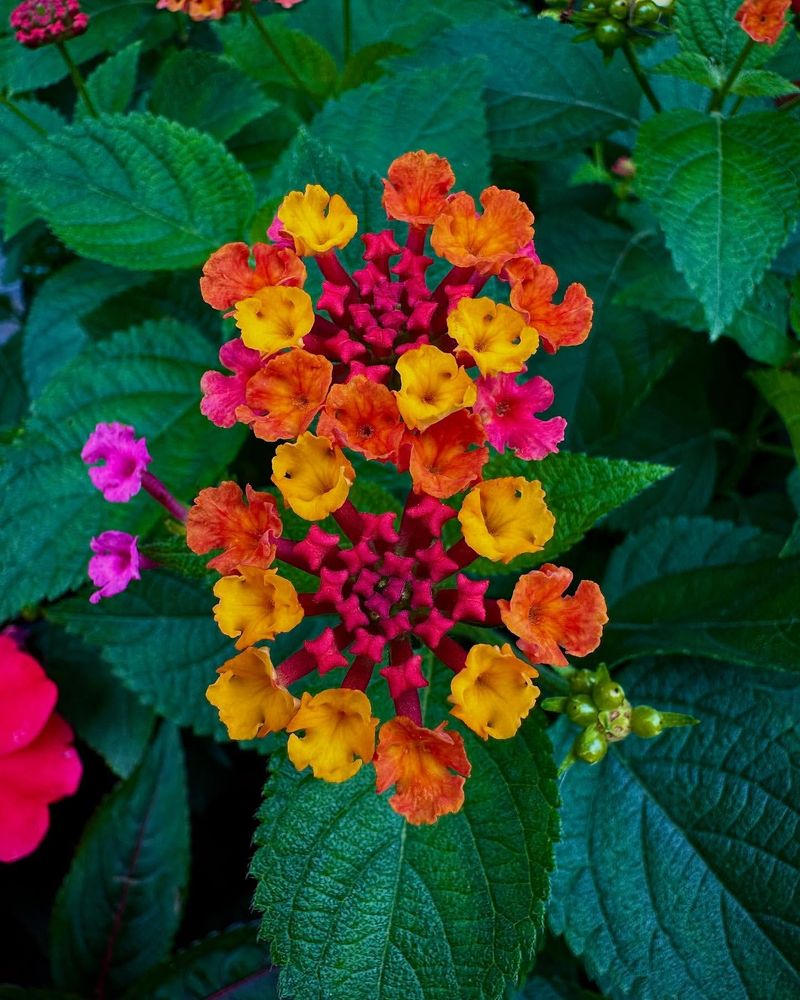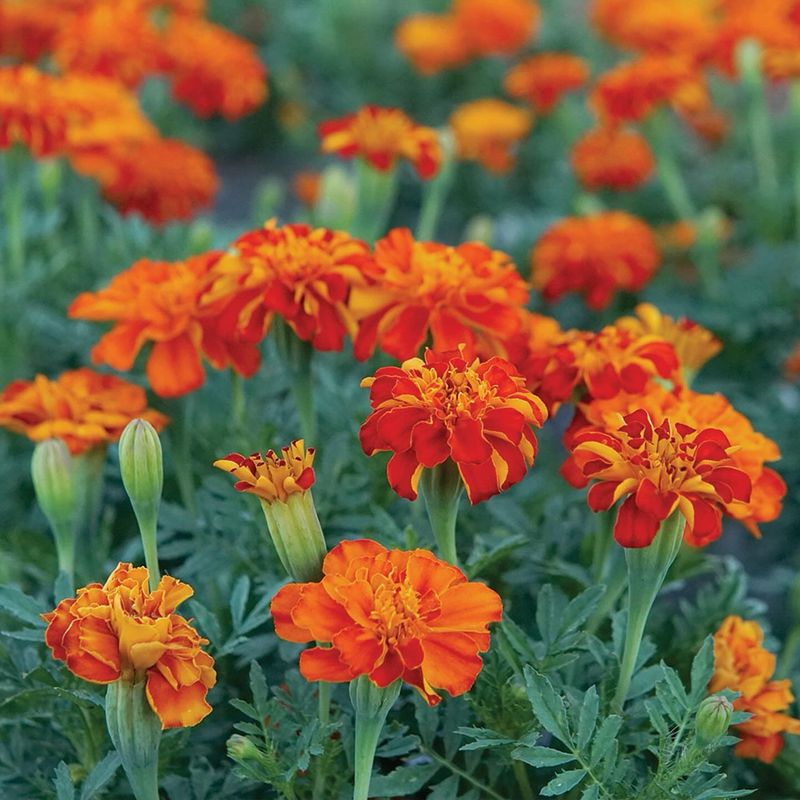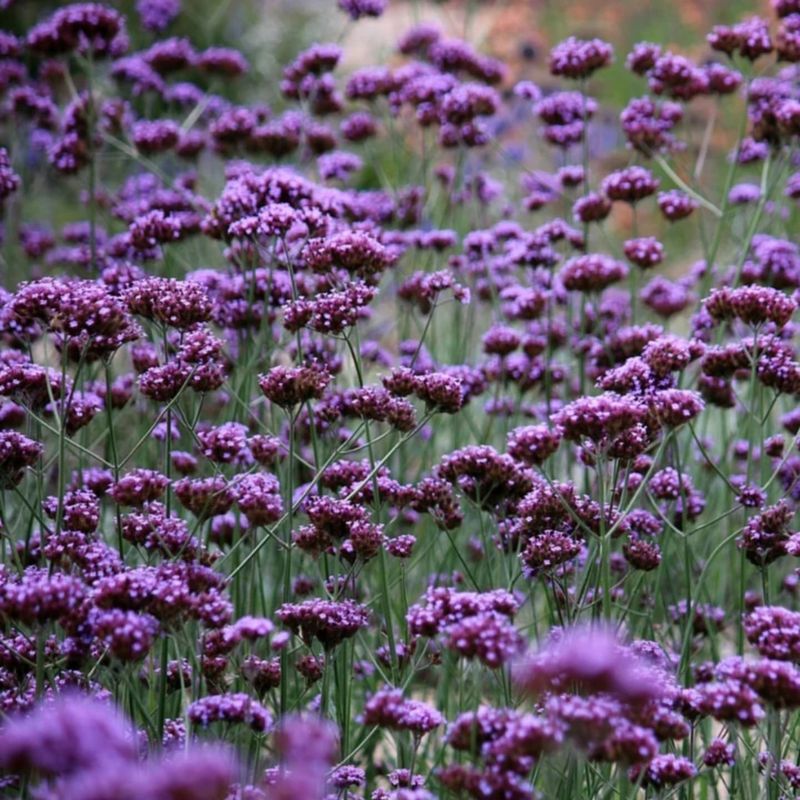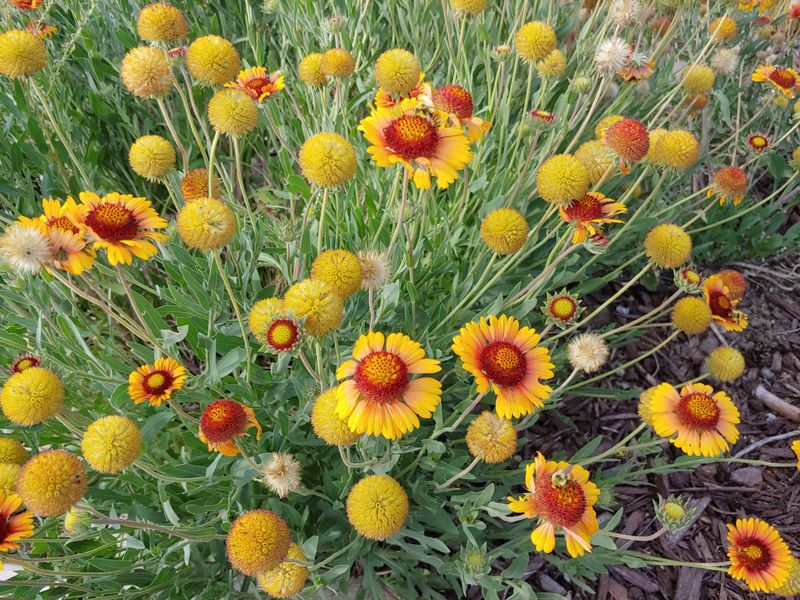Every time I see these in full bloom, I can’t help but stop and stare. They’ve got that wow factor that makes a garden feel like a postcard.
Experts swear by them, and honestly, I get why—they’re colorful, reliable, and steal the show all summer long. I planted a few last year, and now I’m completely hooked.
If you’re after blooms that bring serious charm, these are the ones to watch.
1. Lavender
Nothing says summer quite like the soothing scent of lavender wafting through the garden. This Mediterranean native thrives in hot, sunny spots with well-drained soil and rewards minimal effort with abundant purple blooms.
Beyond its beauty, lavender attracts beneficial pollinators while deterring garden pests. The versatile flowers can be dried for sachets, used in cooking, or simply enjoyed for their calming fragrance all season long.
2. Coneflower
Hardy and drought-resistant, coneflowers (Echinacea) stand tall through summer’s heat with their distinctive daisy-like blooms. The raised center cone creates a perfect landing pad for butterflies and bees, turning your garden into a wildlife haven.
Available in purple, white, yellow, and even fiery orange, these native perennials keep flowering for months. Left standing in fall, their seedheads provide natural bird feeders when other food sources become scarce.
3. Hydrangea
From mopheads to lacecaps, hydrangeas deliver spectacular flower clusters that transform any garden into a showpiece. Their large blooms in blue, pink, white, or purple create instant impact even in shady spots where few flowering plants thrive.
What makes hydrangeas truly special is their color-changing magic – simply adjust your soil’s pH to shift blue flowers to pink or vice versa. Cut a few stems for gorgeous indoor arrangements that dry beautifully for year-round enjoyment.
4. Dahlia
Dahlias bring unmatched variety to summer gardens with flowers ranging from tiny pompoms to dinner-plate sized blooms. Their kaleidoscope of colors and forms keeps gardens interesting from midsummer until the first frost cuts their show short.
Growing from tubers planted after danger of frost passes, these Mexican natives reward gardeners with armloads of cut flowers. The more you harvest, the more they produce – making them perfect for flower arranging enthusiasts and pollinator lovers alike.
5. Sunflower
Few plants capture summer’s essence better than cheerful sunflowers tracking the sun across the sky. Beyond the classic golden giants, today’s varieties offer surprising colors including burgundy, rusty orange, and creamy pastels at heights from 18 inches to 12 feet.
Children delight in their rapid growth while birds feast on their nutritious seeds. Plant a sunflower house by arranging seeds in a square with an opening for a magical summer hideaway that grows taller as the season progresses.
6. Zinnia
Want non-stop color from a single packet of seeds? Zinnias deliver with minimal fuss and maximum impact. Simply scatter seeds after frost danger passes, and within weeks you’ll have armloads of daisy-like blooms in every color except true blue.
Heat and drought only make these Mexican natives happier, while butterflies flock to their nectar-rich centers. For the biggest show, plant a zinnia cutting garden – regular harvesting stimulates more branching and even more flowers until frost finally ends their spectacular run.
7. Daylily
Called the perfect perennial by many experts, daylilies thrive almost anywhere with minimal care while producing gorgeous lily-like blooms. True to their name, each flower lasts just one day, but plants produce so many buds that the show continues for weeks.
Modern reblooming varieties like ‘Stella de Oro’ flower repeatedly throughout summer. Tough enough to survive roadside plantings yet beautiful enough for showcase gardens, these adaptable plants come in thousands of varieties spanning every color except true blue.
8. Black-eyed Susan
Golden petals surrounding chocolate centers make Black-eyed Susans instantly recognizable summer classics. These native wildflowers establish easily from seed and return reliably year after year, forming increasingly larger clumps of cheerful blooms.
Drought-tolerant and deer-resistant, they’re perfect for naturalistic plantings and meadow gardens. Their sturdy stems hold up through summer storms while providing crucial late-season nectar for pollinators when many other flowers have faded.
9. Butterfly Bush
True to its name, Butterfly Bush (Buddleia) acts like a magnet for butterflies, hummingbirds, and beneficial insects. Long, arching flower spikes in purple, pink, white or blue emit a honey-sweet fragrance that’s irresistible to garden visitors both human and winged.
Modern compact varieties stay manageable in smaller gardens while blooming continuously from summer into fall. For responsible gardening, choose sterile cultivars that won’t self-seed aggressively, and enjoy the spectacular butterfly show all season long.
10. Salvia
Spikes of intensely colored blooms make salvias standout performers in summer heat when many other flowers fade. Their nectar-rich flowers in purple, blue, red or white attract hummingbirds while deer and rabbits typically avoid their aromatic foliage.
From the familiar culinary sage to showy ornamental varieties, this diverse genus includes something for every garden spot. Many types rebloom enthusiastically after deadheading, keeping the color show going from early summer until frost.
11. Bee Balm
Shaggy, crown-like flowers make bee balm (Monarda) unlike anything else in the summer garden. Native to North America, these mint relatives produce whorls of scarlet, purple, or pink blooms that serve as crucial nectar sources for hummingbirds, butterflies, and beneficial bees.
Beyond their wildlife value, the aromatic leaves make delightful herbal teas. Newer mildew-resistant varieties stay attractive all season, making them perfect for rain gardens, native plantings, and cottage garden borders.
12. Coreopsis
Cheerful daisy-like flowers in gold, yellow, or bicolor patterns make coreopsis a summer garden staple. These North American natives start blooming in early summer and don’t quit until fall if deadheaded regularly.
Drought-tolerant and deer-resistant, they’re perfect for hot, sunny spots where other plants struggle. Their informal charm works beautifully in cottage gardens, while their reliable performance has earned them a place in commercial landscapes and highway plantings.
13. Rose of Sharon
When midsummer heat slows other blooms, Rose of Sharon (Hibiscus syriacus) bursts into action with tropical-looking flowers. These hardy shrubs produce hollyhock-like blooms in white, pink, lavender or blue, often with contrasting centers that pop against deep green foliage.
Unlike fussy roses, these easy-care shrubs tolerate poor soil, drought, and urban conditions. Their late summer flowering provides crucial nectar for pollinators when many other plants have finished blooming.
14. Phlox
Fragrant flower clusters make garden phlox a sensory delight in the summer garden. Their sweet honey scent intensifies in the evening, perfuming the air during outdoor gatherings and drawing in spectacular sphinx moths with their long tubular flowers.
Available in white, pink, lavender, purple and red, these native perennials bridge the gap between spring and fall bloomers. Newer mildew-resistant varieties stay attractive even in humid climates, making them reliable performers throughout the growing season.
15. Yarrow
Flat-topped flower clusters in gold, terracotta, pink or white make yarrow architectural standouts in the summer garden. Their fern-like foliage stays attractive all season, while their strong stems rarely need staking even after summer storms.
Beyond their beauty, yarrows are workhorses – drought-tolerant, deer-resistant, and long-blooming. The flowers attract beneficial insects that help control garden pests naturally, while also making excellent fresh or dried cut flowers that hold their color for months.
16. Petunia
Modern petunias have come a long way from grandma’s garden favorites. Today’s varieties bloom non-stop without deadheading and bounce back after summer rainstorms that would have flattened their ancestors.
From tiny calibrachoa cousins to dinner-plate sized blooms, petunias offer something for every container and garden bed. Their trumpet-shaped flowers in virtually every color imaginable keep producing until frost, making them unbeatable value for season-long color.
17. Lantana
Clusters of tiny florets in sunset colors make lantana irresistible to butterflies and hummingbirds. Each flower head often contains multiple colors that change as they age, creating a kaleidoscope effect that keeps gardens visually interesting all summer.
Heat and drought only make these tropical plants happier, while their tough nature shrugs off pests and diseases. In frost-free areas they grow as woody shrubs, while northern gardeners enjoy them as spectacular summer annuals in containers and flower beds.
18. Marigold
Ranging from sunny yellow to deep orange and russet red, marigolds bring reliable color to summer gardens when many other flowers fade in the heat. Their distinctive spicy scent deters many garden pests, making them valuable companion plants for vegetables.
From tiny French varieties perfect for edging to tall African types that make statement cut flowers, marigolds offer something for every garden spot. Simply scatter seeds after frost danger passes for non-stop blooms until autumn’s first freeze.
19. Verbena
Clusters of tiny star-shaped flowers make verbena a textural delight in summer gardens. Whether in upright forms for cutting or trailing types for containers, these heat-loving plants bloom continuously without deadheading from planting until frost.
Butterflies flock to their nectar-rich blooms while deer tend to avoid them. Native varieties like V. bonariensis create see-through purple clouds that weave through garden beds, creating magical effects as they dance in summer breezes.
20. Gaillardia
Bold daisy-like flowers in fiery sunset colors make blanket flowers (Gaillardia) summer garden standouts. Their red and yellow pinwheel patterns look hand-painted, creating focal points that draw the eye throughout the garden.
Few perennials match their combination of drought tolerance, long bloom time, and deer resistance. Native to North American prairies, they thrive in poor soil where many other plants struggle, blooming from early summer until fall frost.

